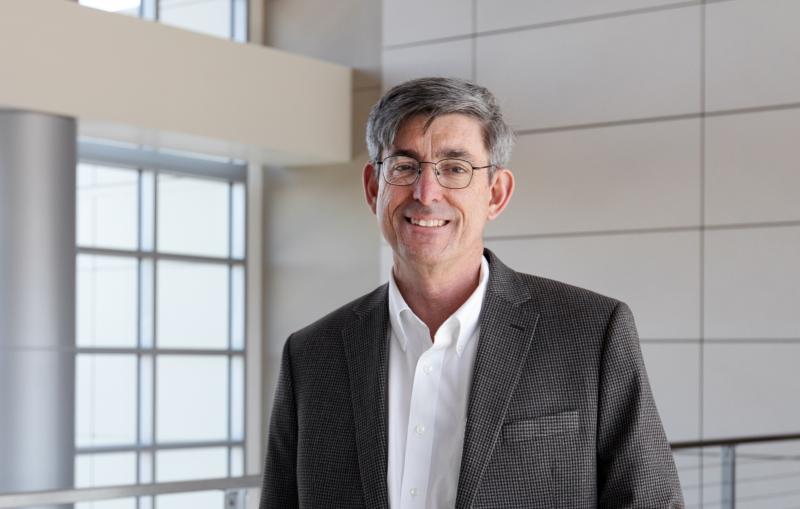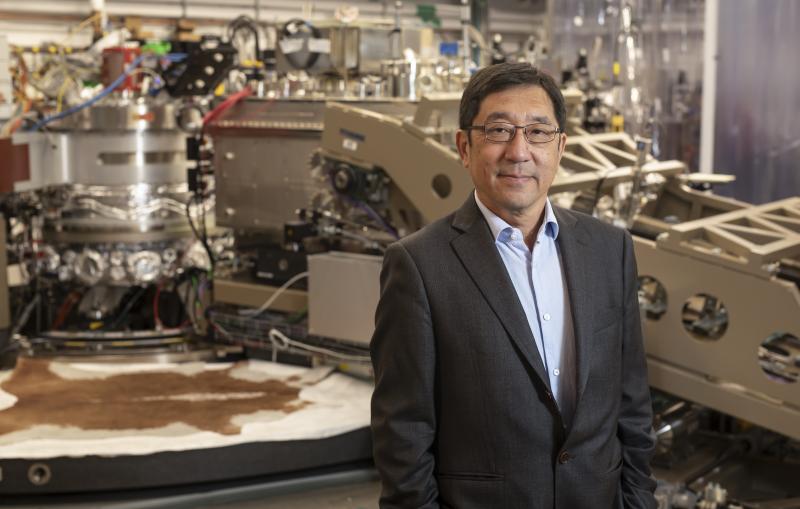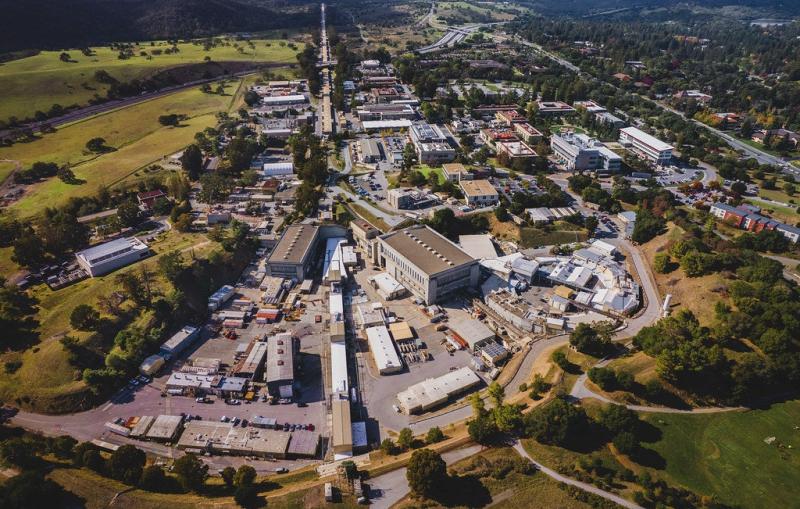February 6, 2014
Photo Exhibit Highlights SLAC History
As part of the opening of the new Research Support Building, SLAC's Archives and History Office is currently displaying a photo exhibition called "SLAC Perspectives: Then and Now." These photos, taken from the new exhibit, give a glimpse of SLAC's construction and early years.
As part of the opening of the new Research Support Building, SLAC's Archives and History Office is currently displaying a photo exhibition called "SLAC Perspectives: Then and Now." The photos below, taken from the new exhibit, give a glimpse of SLAC's construction and early years.
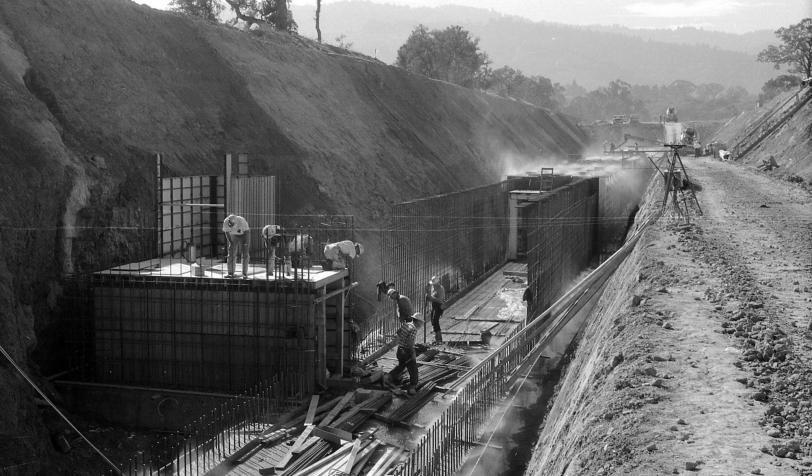
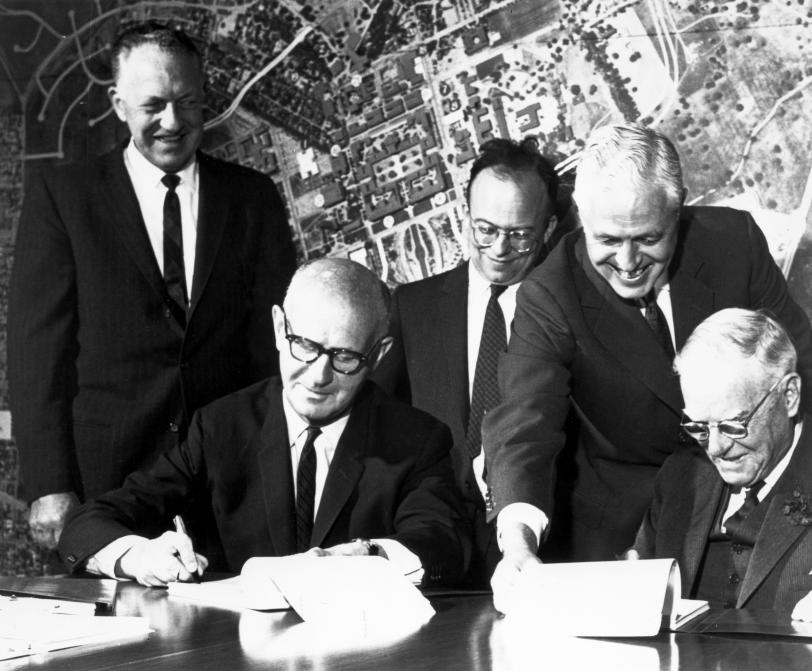
(An enhanced version of this photo used in 2013-2014 Building 052 exhibit "SLAC Perspectives: Then and Now.")
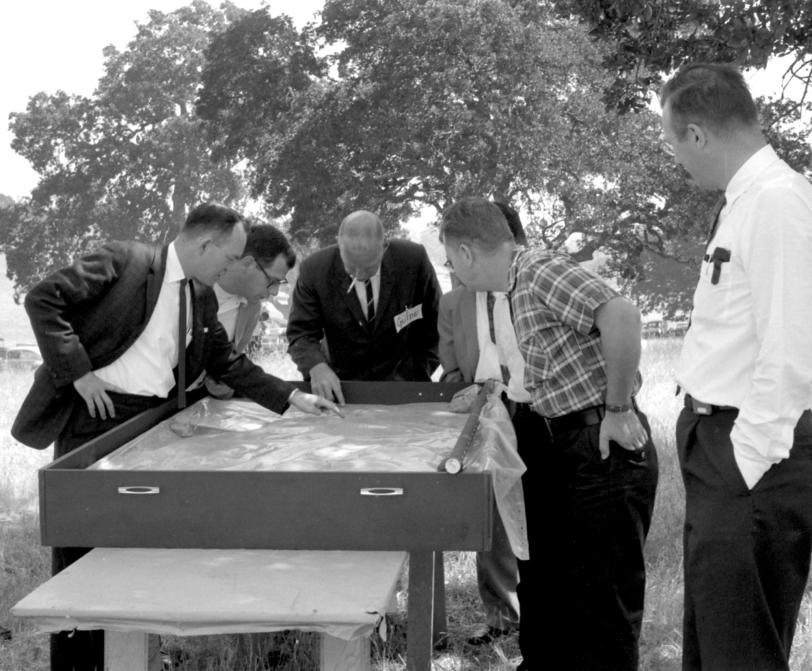
(An enhanced version of this photo used in 2013-2014 Building 052 exhibit "SLAC Perspectives: Then and Now.")
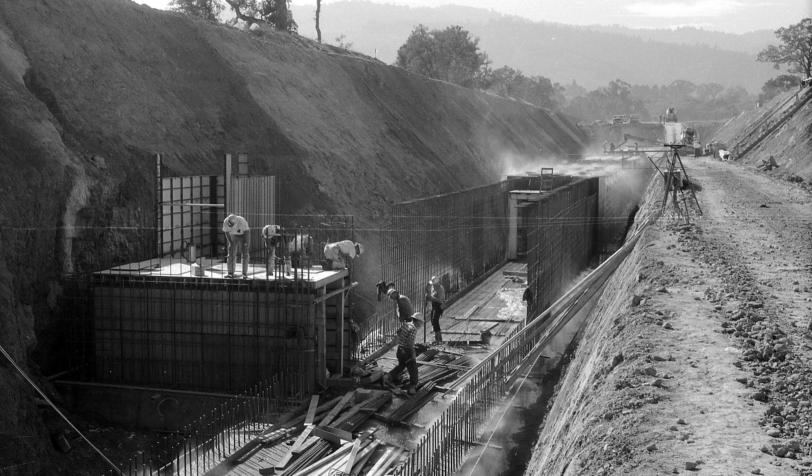
(An enhanced version of this photo used in 2013-2014 Building 052 exhibit "SLAC Perspectives: Then and Now.")
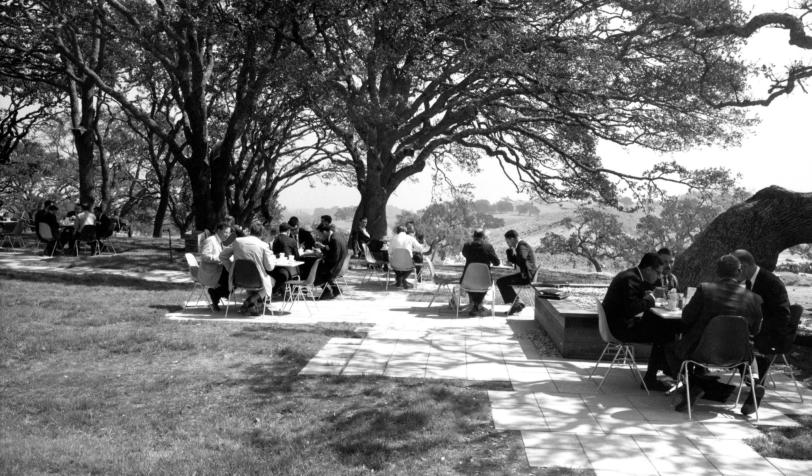
(An enhanced version of this photo used in 2013-2014 Building 052 exhibit "SLAC Perspectives: Then and Now.")
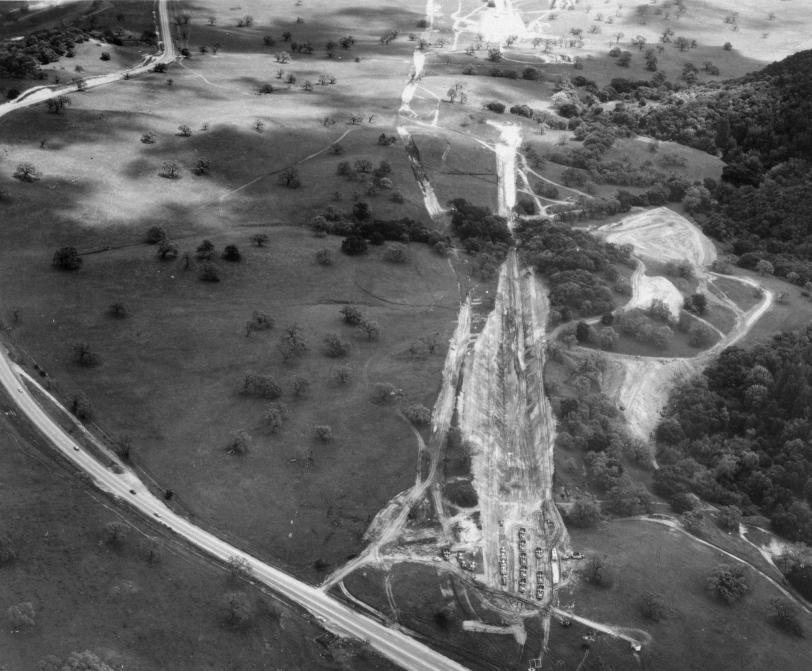
(An enhanced version of this photo used in 2013-2014 Building 052 exhibit "SLAC Perspectives: Then and Now.")
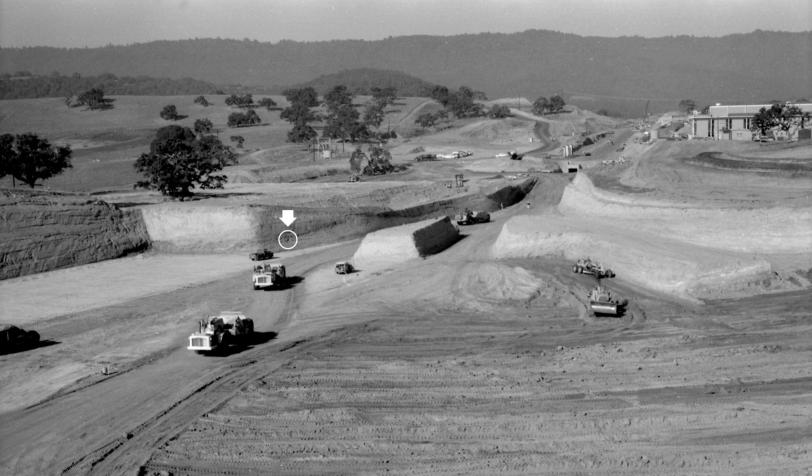
(An enhanced version of this photo used in 2013-2014 Building 052 exhibit "SLAC Perspectives: Then and Now.")
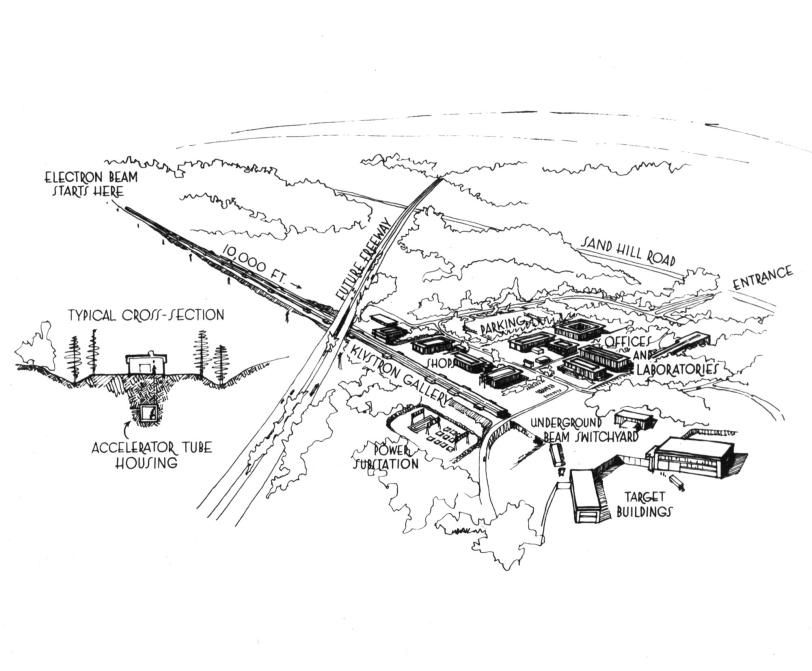
(An enhanced version of this photo used in 2013-2014 Building 052 exhibit "SLAC Perspectives: Then and Now.")
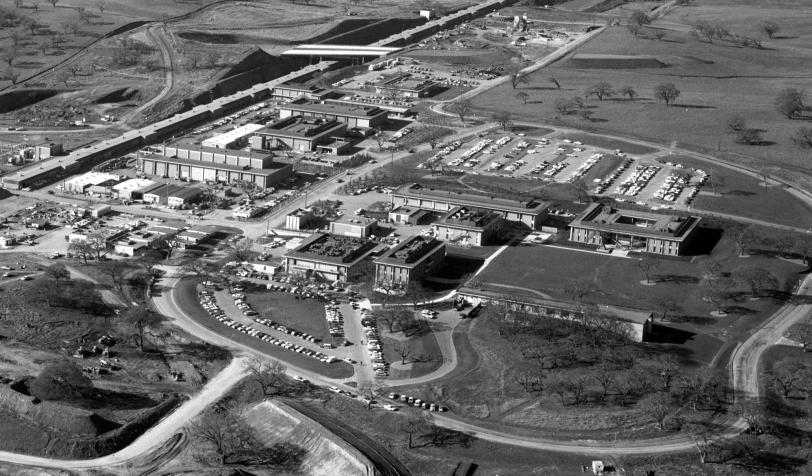
(An enhanced version of this photo used in 2013-2014 Building 052 exhibit "SLAC Perspectives: Then and Now.")
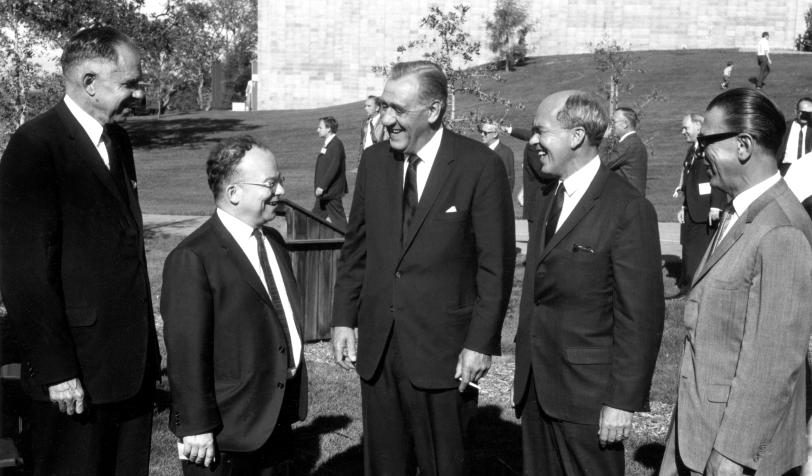
(An enhanced version of this photo used in 2013-2014 Building 052 exhibit "SLAC Perspectives: Then and Now.")
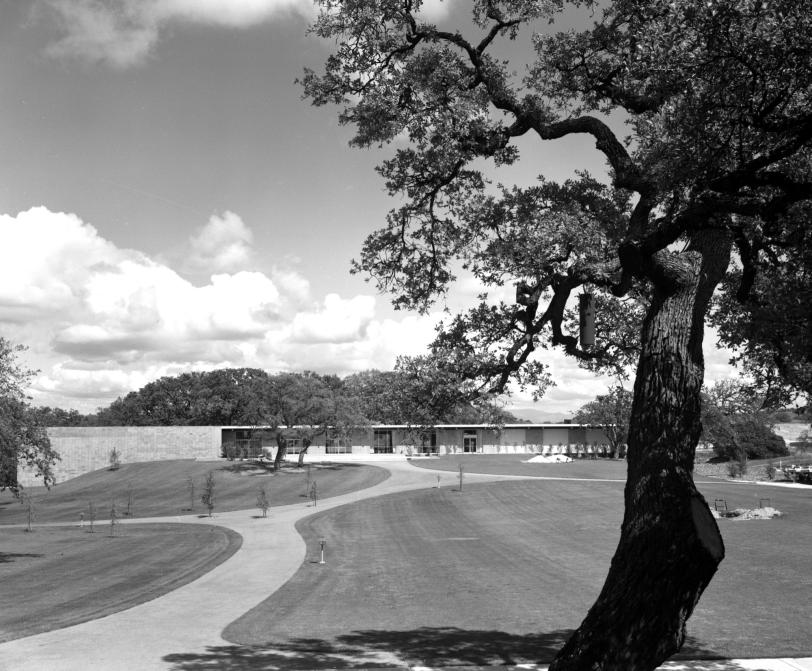
(An enhanced version of this photo used in 2013-2014 Building 052 exhibit "SLAC Perspectives: Then and Now.")
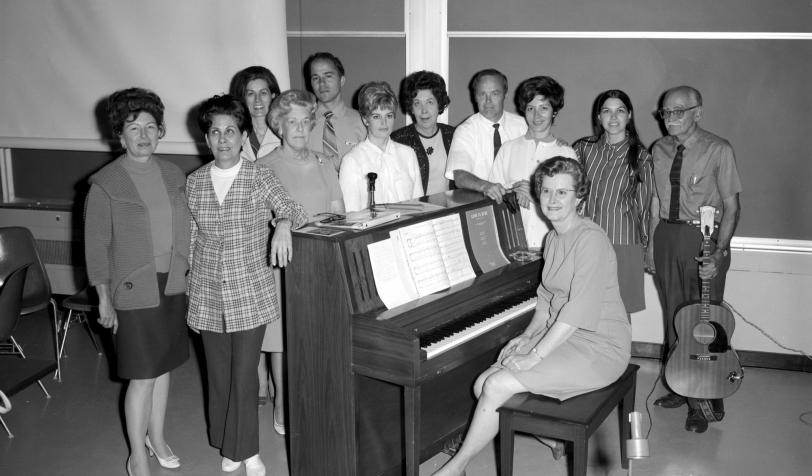
(Enhanced version of photo used in 2013-2014 Building 052 exhibit "SLAC Perspectives: Then and Now.")
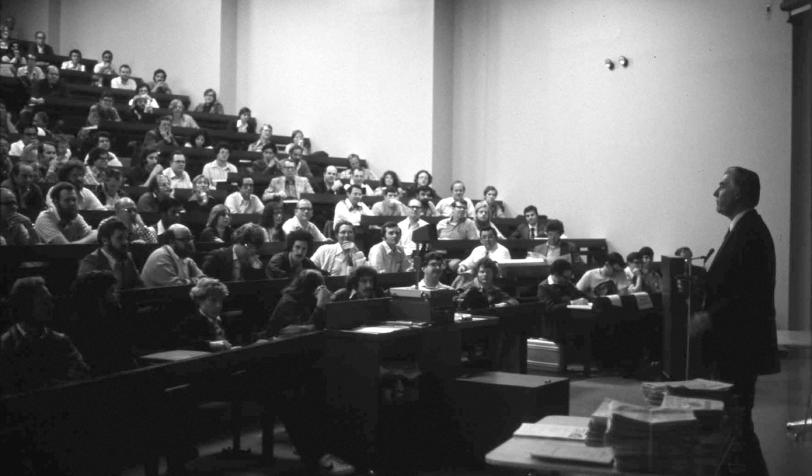
(Computer History Museum photo. Photo used in 2013-2014 Building 052 exhibit "SLAC Perspectives: Then and Now.")
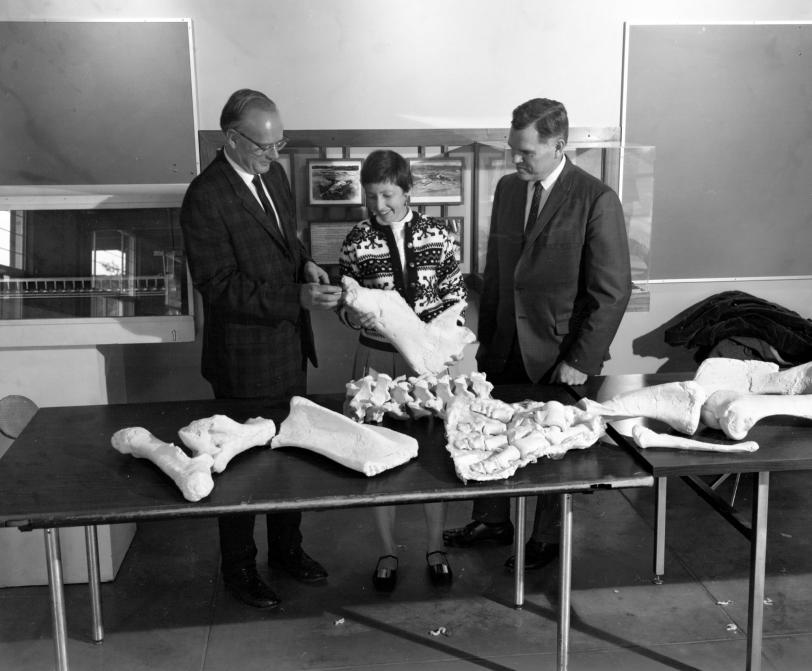
(An enhanced version of this photo used in 2013-2014 Building 052 exhibit "SLAC Perspectives: Then and Now.")
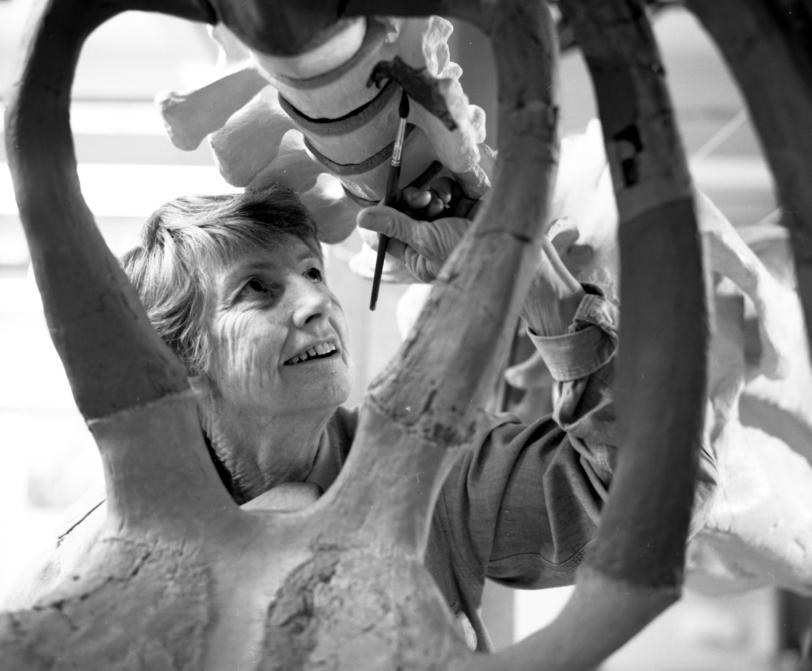
(An enhanced version of this photo used in 2013-2014 Building 052 exhibit "SLAC Perspectives: Then and Now.")
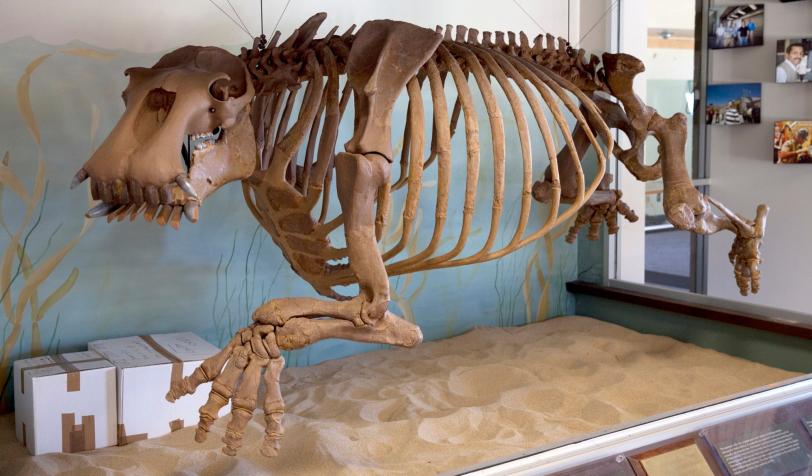
(An enhanced version of this photo used in 2013-2014 Building 052 exhibit "SLAC Perspectives: Then and Now.")
For more on SLAC's past, visit the SLAC History page or the Archives & History Office.
Contact
For questions or comments, contact the SLAC Office of Communications at communications@slac.stanford.edu.
Dig Deeper
